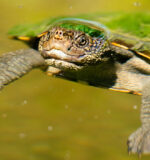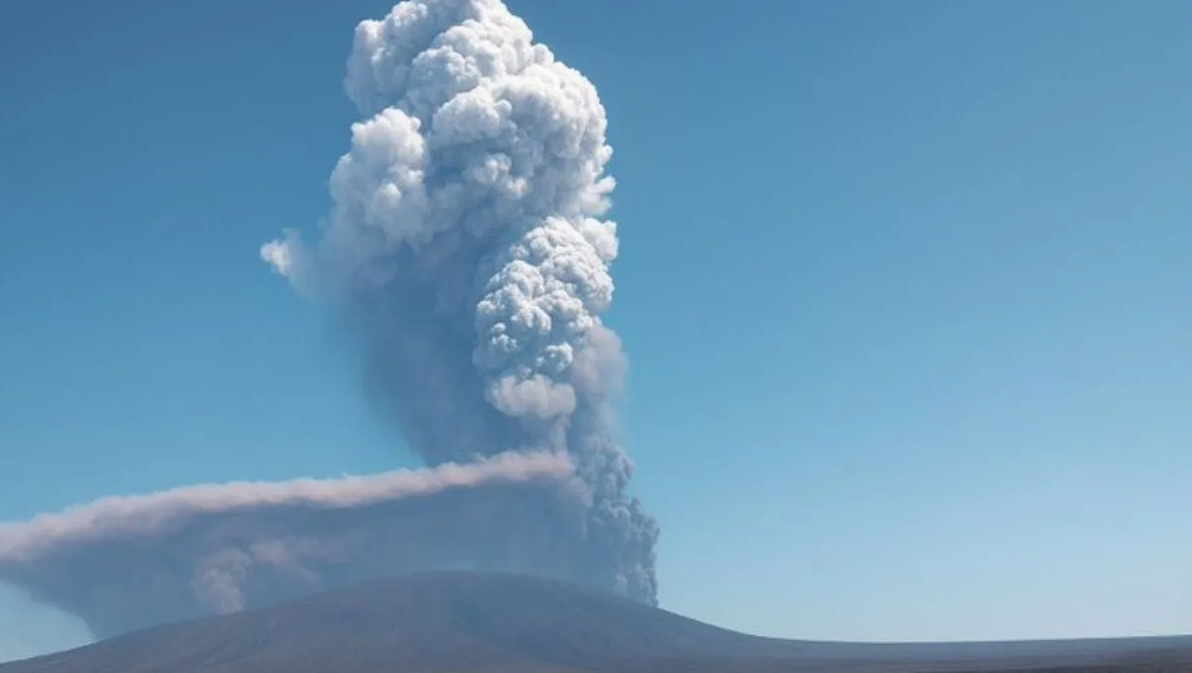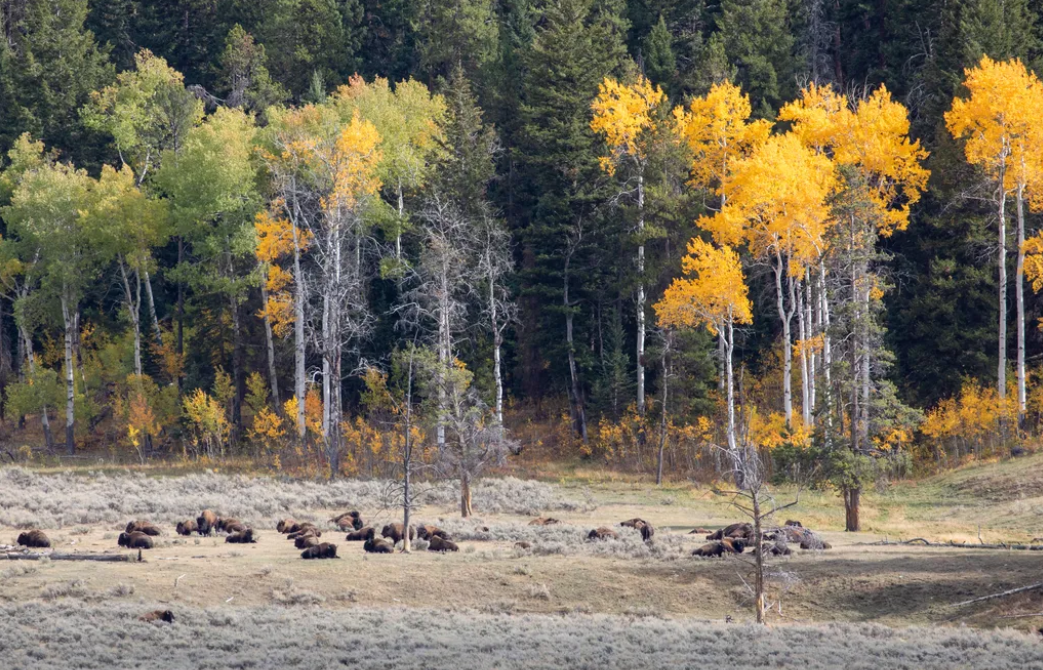The Mary River turtle has adapted to life underwater after splitting from all other living turtle lineages more than 18 million years ago.

The Mary River turtle has adapted to life underwater after splitting from all other living turtle lineages more than 18 million years ago.

Auroras may be visible from Alaska to New York as a speedy solar wind and incoming coronal mass ejection are e

The last supermoon of the year will shine bright this week, when it reaches peak illumination at 6:15 p.m. EST

A long-dormant volcano has just erupted for the first time in recorded history. The Hayli Gubbi volcano in no

Leonid meteors may appear whenever the constellation Leo is above the horizon. A Leonid meteo

The apex predators, restored to the park in 1995, appear to be keeping the local population of plant-eating el
Comments are closed.
 Photographer Finds Locations Of 1960s Postcards To See How They Look Today, And The Difference Is Unbelievable
Photographer Finds Locations Of 1960s Postcards To See How They Look Today, And The Difference Is Unbelievable  Hij zet 3 IKEA kastjes tegen elkaar aan en maakt dit voor zijn vrouw…Wat een gaaf resultaat!!
Hij zet 3 IKEA kastjes tegen elkaar aan en maakt dit voor zijn vrouw…Wat een gaaf resultaat!!  Scientists Discover 512-Year-Old Shark, Which Would Be The Oldest Living Vertebrate On The Planet
Scientists Discover 512-Year-Old Shark, Which Would Be The Oldest Living Vertebrate On The Planet  Hus til salg er kun 22 kvadratmeter – men vent til du ser det indvendigt
Hus til salg er kun 22 kvadratmeter – men vent til du ser det indvendigt  Superknepet – så blir snuskiga ugnsformen som ny igen!
Superknepet – så blir snuskiga ugnsformen som ny igen!  Meteorite That Recently Fell in Somalia Turns Out to Contain Two Minerals Never Before Seen on Earth
Meteorite That Recently Fell in Somalia Turns Out to Contain Two Minerals Never Before Seen on Earth  Nearly Frozen Waves Captured On Camera By Nantucket Photographer
Nearly Frozen Waves Captured On Camera By Nantucket Photographer  It’s Official: Astronomers Have Discovered another Earth
It’s Official: Astronomers Have Discovered another Earth 